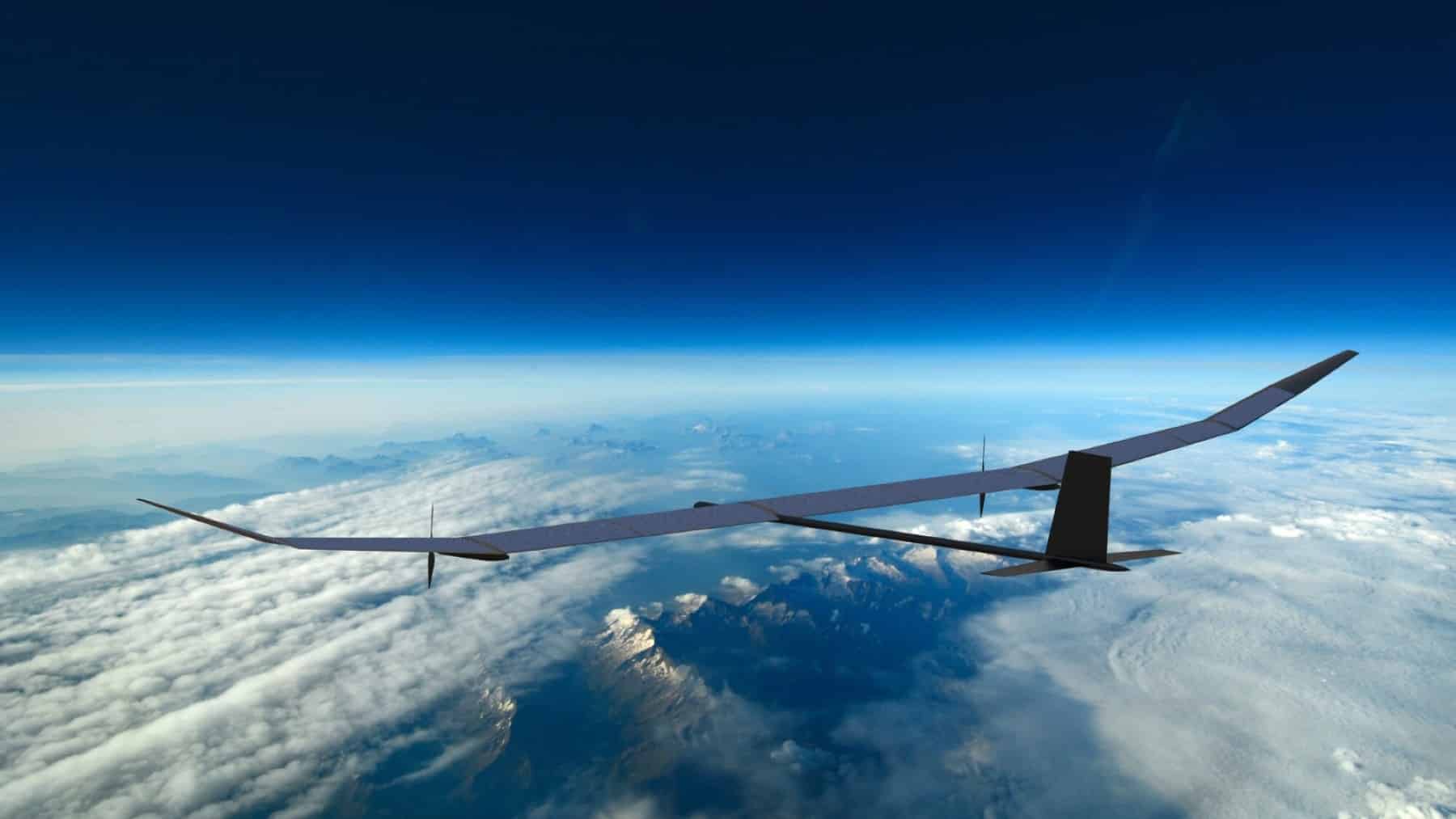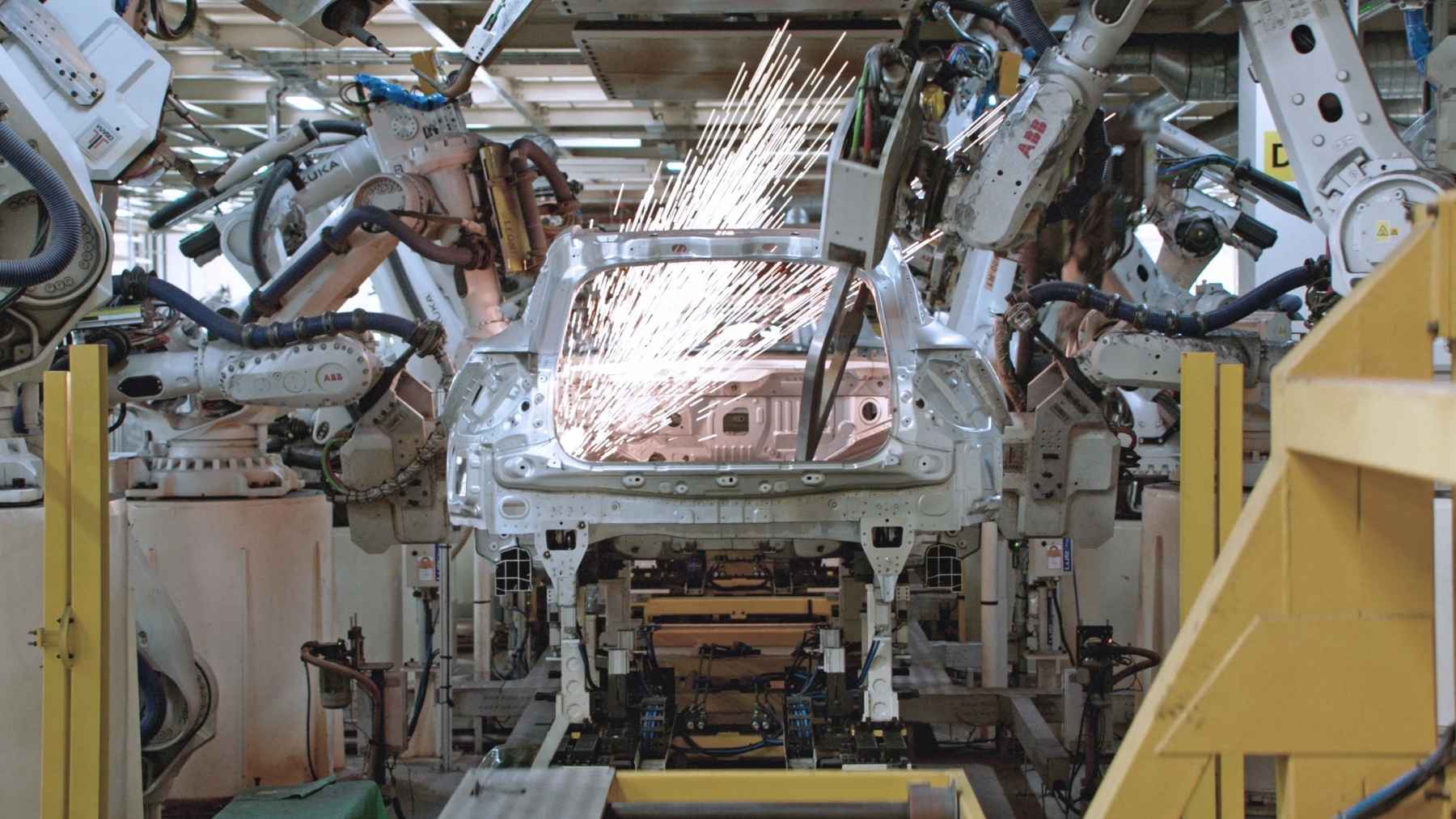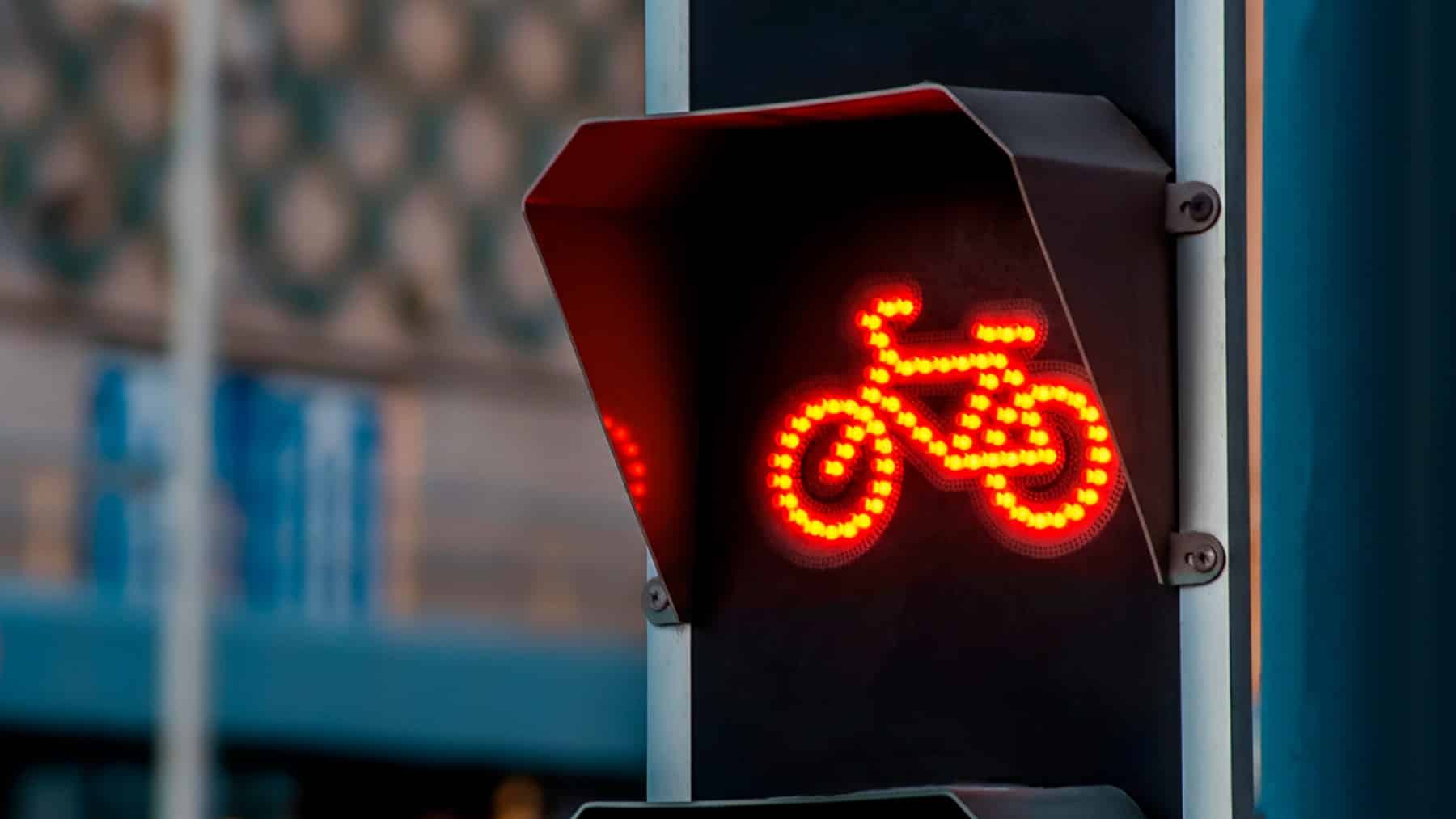The PHASA-35 is unlike any aircraft you have seen before. Significant progress has been made in the aviation and aerospace industry when it comes to developing solutions that make use of renewable energy technology. While large commercial aircraft have struggled to incorporate this technology, other aviation and aerospace technologies are making strong headway, specifically when it comes to surveillance technology, which is being seen deployed more so than ever before in an increasingly digital age.
These aviation technologies are reaching new heights
In an increasingly digital age, the world is more connected than ever before, and reliable and efficient infrastructure to support digital and internet services has never been more in demand. Seamless and fast data flow is now an integral part of contemporary society, with this growing dependency on these technologies influencing a new era of technological innovation for aerospace and aviation technologies.
The rise in digital and cloud-native technology means that there has been a growing market competition for establishing platforms that can provide connectivity and monitoring from satellite orbit, as well as the stratosphere. One significant player in the satellite-orbit technology world to bring connectivity access is SpaceX, headed by Tesla CEO Elon Musk. Being both a launch provider and an internet service provider, the company has been providing milestone achievements since 2002 in aerospace technology and digital communications.
PHASA-35 uses this function to dodge airports
As part of the broader aerospace communications technology race, stratosphere technology is emerging to support satellite technology. High Altitude Pseudo-Satellites (HAPS) are intended to act as ‘floating cell-towers’ within the earth’s stratosphere. Emerging since the 2010s, the technology is growing to provide persistent surveillance, environmental monitoring, temporary communication hubs in disaster zones, and remote internet access.
A significant player in this field is British-based BAE Systems’ PHASA-35, a solar-powered aircraft capable of climbing 66,000 feet and cruising the stratosphere for up to 24 hours before needing to be recharged. The aircraft skips airport queues, as it operates above air traffic and can operate from ground sites independently, instead of needing to land in airport locations. Designed by BAE Systems’ subsidiary Prismatic Ltd, the PHASA-35 is intended to provide endurance intelligence, surveillance, and reconnaissance.
“These latest flight trials are a significant step forward in proving PHASA-35’s capability for operations, and a real moment of pride for our entire team. We’re committed to continuing to develop PHASA-35 at pace to make it available for operational activity as soon as 2026,” said Bob Davidson, Chief Executive Officer, BAE Systems’ Prismatic.
PHASA-35 aircraft are drawing on renewable energy sources for power
While PHASA-35 is not an aircraft and is part of the drone technology developments, the use of solar power to operate the technology suggests that the wider aviation and aerospace world is increasingly using more renewable energy solutions. The aviation industry has particularly struggled to use this technology, especially for large commercial aircraft for international travel. However, innovation from the startup industry continues to provide hope that renewable energy-powered aircraft will soon be a reality.
While electric engine solutions have dominated the passenger vehicle world, these solutions are not ideal for the aviation industry due to battery density problems, which would interfere with the aerodynamics of the aircraft. As such, the industry has needed to turn to alternative sources for inspiration.
With innovative solutions continuing to emerge as a potential for finding a renewable energy source for this industry, with hydrogen fuel-cell technology and algae biofuel developments being possible contenders, the road to carbon-neutrality continues to be prioritized by stakeholders in the industry, with the industry focusing on collaboraiton and creativity to find a suitable way forward to reaching the earth’s sustainability goals to prevent catastrophic climate damage.














